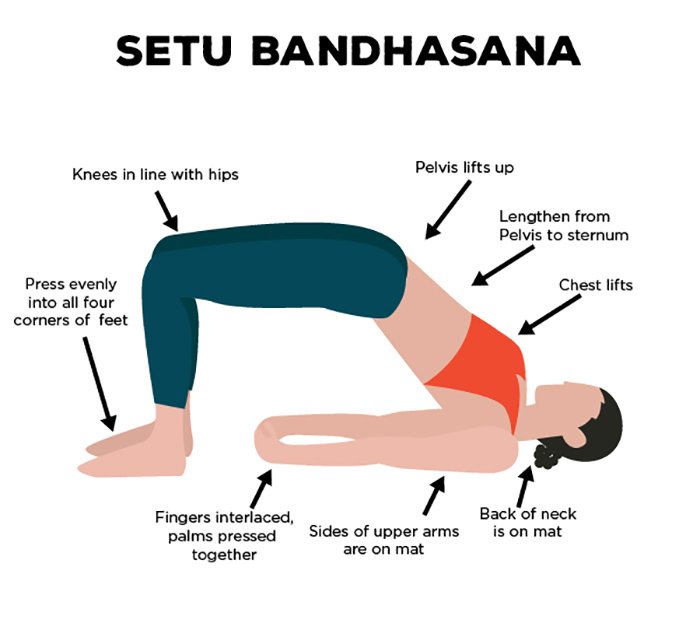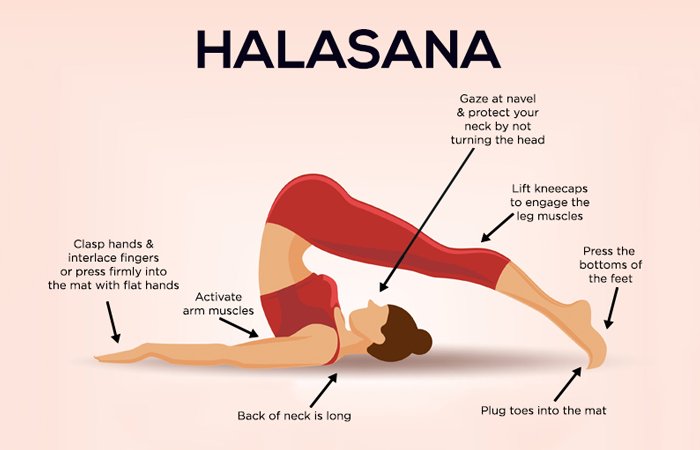When the subject ‘tailbone’ conjures up most of us have one common question to ask and that is “why do we have a tailbone?” We all have lost our tail with evolution but still a vestigial (redundant) part of it is left over with us in the form of tailbone or ‘coccyx’ as it is known in medical terms. This leftover part or tailbone holds immense importance in one’s life. A deformed tailbone can make a simple act of sitting strenuous. If you experience instances such as walking by shuffling each leg forward and using upper body strength, feeling excruciating pain while sitting and shifting positions, then, there could be something bad with your tailbone.
Medical research has revealed that our fully functional and necessary activities such as standing, sitting, and the ability to move around is attached to the tailbone which, of course, means that we humans do not have a useless, unnecessary, or a vestigial tailbone. The coccyx is fully workable part of the system of bones, ligaments, and pelvic muscles, which protects the muscles of the pelvis and fully contribute towards the upright stance and proper walking. Therefore, the human musculoskeletal system shows evidence that how important this brilliant creation is doing away with the claims that tailbone is useless.
Now, when you are familiar with the significance of the tailbone, you cannot afford the slightest of affliction in the coccyx area that hampers your daily activities. Given below is the list of causes that contributes towards tailbone injury:
- Improper posture while sitting
- Impacts of falling
- Running on Uneven Surfaces
- Childbirth
- Infections
Some common symptoms posed by inflammation in tailbone includes:
- Backache
- Neck pain
- Painful hips
- Difficulty in sleeping comfortably as you have to constantly switch positions
Treating the searing pain in the tailbone with the aid of advanced medical science, allopathy medicines, antibiotics, anti-allergy and whatnot seems to appear as the most common solution. However, in these kinds of treatment modalities, the therapy is directed towards treating the diseased tissue thus eradicating the pathology. For people looking at far-reaching results and more natural system of curing, the science of yoga is most effective. The art of yoga is a holistic healing technique practiced across the globe since ages. The practice of yoga aims to restore the constitutional balance within and setting the body equilibrium.
The regular practice of yoga asanas stretches and strengthens the spine and helps alleviate the back pain. Specific yoga poses aims at creating a stronger lower back where the tailbone is located which in turn makes the surrounding muscles of a tailbone robust and contributes towards better alignment. Certain yoga asanas give a good stretch to the coccyx and diminish stiffness in muscles around the tailbone.Have a look at the yoga postures for tailbone pain:
1. Bow Pose or Dhanurasana: Lie in a prone position on a yoga mat with arms at your side. Bend your knees and raise your legs up towards the hips. Extend your arms behind to hold the ankles. Lift your feet away from the posterior, thighs, chest, and head off the mat. You can also place a folded blanket under your hips for added support. Hold this pose for 5-10 relaxed breaths.

2. Bridge Pose or Setu Bandhasana: Lie straight on a yoga mat with bent knees and feet close to your hips. Spread your feet and knees about 6 inches apart. Firmly press your feet and hands into the ground to uplift your hips and lower back off the yoga mat. Your head, arms, and shoulders should rest on the ground. Join your hands underneath your lower back interlacing your fingers. Remain in this pose for 15 seconds.

3. Plough Pose or Halasana: Relax on your back with bent knees. Bring your knees closer to your chest with elbows tucked to the sides of the body and palms near to the hips. Pressing your hands into the ground, raise your posterior up and above the yoga mat with knees still bent. Slowly, straighten your knees and bring your feet to the floor behind your head. Place your hands on your back for support. Relax your head and neck on the floor. Retain this pose for 10-15 seconds.

4. Reclining Twist Pose or Supta Matsyendrasana: Lie on the ground and bend your knees. Draw your knees towards your chest. Gently, straighten your left leg keeping the right one bent. Stretch your right arm out at shoulder-height with palms facing the floor. Upon exhalation, bring your right knee over the left side of the body and rest your left hand on your right knee. Twist your head to the right. Hold the pose for 10-15 breaths.

Make the practice of yoga a part of your daily regimen to reverse the ill effects of inactive life and to bring your tailbone back to life.


























